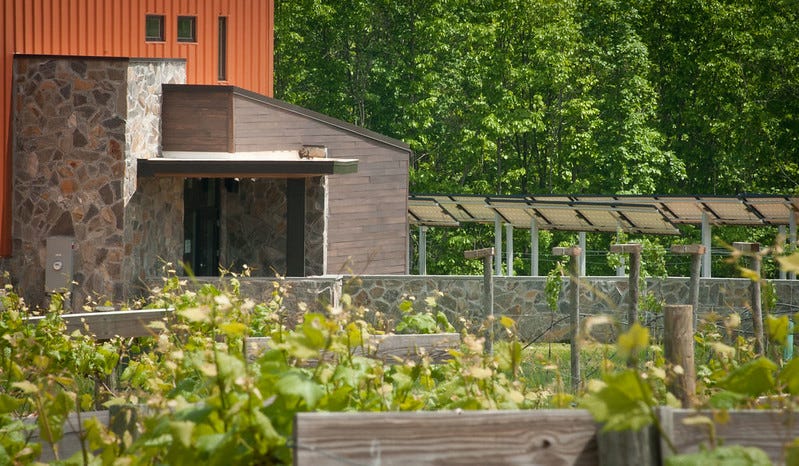Data driven: Energy efficiency is building
Just $1 of every $38 spent on building construction in 2019 was spent on energy efficiency

(George Barker is a journalism/CS major at Northeastern University. He’s worked for the Harvard Business Review and as campus and sports editor for The Huntington News.)
BOSTON (Callaway Climate Insights) — Just $1 of every $38 spent on building construction in 2019 was spent on energy efficiency, opening the door to green building investment.
Global investment on energy efficient buildings increased for the first time in three years in 2019, as the $152 billion spent that year on energy efficiency within the construction industry represented a 3% jump from previously flat spending of $148 billion in 2017 and 2018, according to the recently published 2020 Global Status Report for Buildings and Construction compiled by the UN Environment Programme. The report estimates that the construction industry’s market value contracted by 6% while overall work slowed by 10% due to the Covid-19 pandemic, but that the industry can act as a crucial economic recovery tool.
While the 3% rise from 2018 to 2019 in more sustainable construction spending is encouraging, it was outpaced by the 4.9% increase in overall construction investment. With a grand total of $5.8 trillion spent on construction in 2019, and the $152 billion spent on efficiency measures representing just a fraction of that total, there is a great deal of room for additional green construction financing as the world races to meet targets set in the Paris Agreement. Rates of urbanization and population growth continue to rise, particularly in developing countries, leading the International Finance Corporation (IFC) to expect floorspace worldwide to double by 2060, laying the groundwork for a $25 trillion investment opportunity over the next decade.
Green buildings have lower long-term operational costs, as they consume less electricity and water. At the same time, the more efficient a building, the more attractive a purchase it is, as buildings with lower carbon footprints face a lower likelihood of hefty carbon taxes and lower risk of financial penalties to fall in line with carbon neutrality targets. Energy efficient units also had 23% higher occupancy rates, according to the IFC report.
Construction and operation of buildings accounted for 38% of global CO2 emissions in 2019, a figure that increased focus on energy efficient housing construction starting now can decrease. With a global need for more affordable housing and decreased greenhouse gas emissions, private investors and banks have a green, both in terms of investment returns and climate impact, opportunity to direct their capital toward energy efficient construction projects worldwide.

